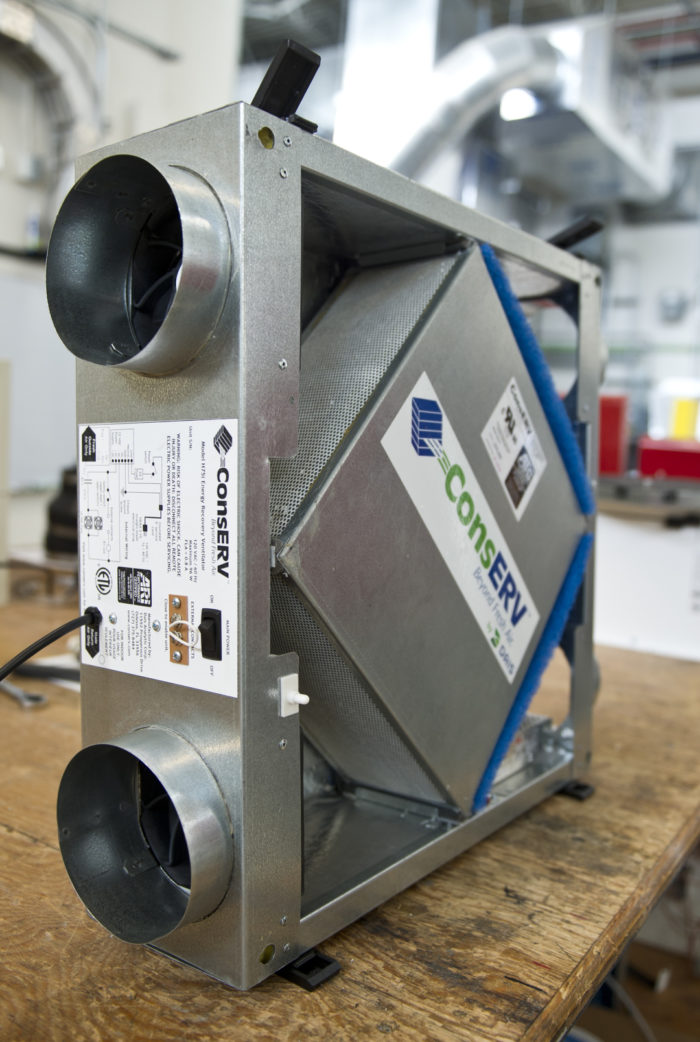The All-Inclusive Guide to the Uses of Heat Recovery Ventilation in Modern Buildings
Heat Recovery Ventilation (HRV) systems stand for a considerable innovation in developing technology (HRV Heat Recovery Ventilation). They provide a method for trading stale interior air with fresh exterior air while decreasing energy loss. This strategy not just enhances interior air quality yet additionally contributes to energy effectiveness in both residential and industrial structures. Comprehending the numerous applications and advantages of HRV can expose its essential duty in modern design and sustainability efforts. The implications of this innovation are worth discovering further
Understanding Heat Recovery Ventilation Systems

Several modern-day buildings prioritize power effectiveness, recognizing warm healing air flow (HRV) systems is essential for maximizing interior air high quality and decreasing power usage. HRV systems function by moving heat from stale indoor air to inbound fresh air, properly preserving comfortable interior temperature levels while decreasing power loss. These systems contain a warmth exchanger, followers, and ductwork that promote the circulation of air. During winter months, HRV units record and recycle heat from the outgoing air, while in summer season, they can aid cool incoming air. By continuously trading air, HRV systems additionally decrease moisture and the focus of interior pollutants. Correct setup and maintenance of HRV systems are vital for their performance and efficiency in improving total structure efficiency and comfort.
Advantages of Heat Recovery Ventilation
Heat recovery ventilation systems use various advantages that boost both power performance and interior air quality in contemporary structures. By recording and recycling power from exhaust air, these systems significantly lower heating and cooling costs, leading to lower power intake. They preserve a constant flow of fresh exterior air, lessening the threat of interior air pollutants and irritants. This continuous exchange helps regulate moisture levels, protecting against mold growth and guaranteeing a healthier living environment. Additionally, HRV systems add to sustainability objectives by decreasing overall carbon impacts. Their capability to optimize air flow without compromising thermal convenience makes them a valuable enhancement to modern building layout, advertising both economic and ecological benefits.
Applications of HRV in Residential Buildings
As property owners progressively prioritize power efficiency and interior air quality, the applications of warmth recovery ventilation (HRV) systems in residential buildings have come to be more common. HRV systems are particularly helpful in firmly sealed homes, where preserving fresh air flow is essential for preventing wetness buildup and interior pollutants. They successfully move heat from outward bound stale air to inbound fresh air, lowering power expenses related to cooling and heating. In addition, HRVs can improve convenience degrees by managing humidity and temperature level. They are likewise adaptable for numerous domestic styles, including single-family homes and multi-unit buildings. Generally, integrating HRV systems supports sustainable living techniques while making certain a much healthier indoor atmosphere for owners.
HRV in Commercial and Industrial Settings
In commercial and industrial settings, the execution of warm recovery air flow (HRV) systems has actually become significantly important for optimizing power efficiency and preserving air high quality. These systems successfully move warm from exhaust air to incoming fresh air, decreasing the need for extra home go to the website heating or cooling. This not just decreases power expenses yet additionally contributes to sustainability efforts. Industries such as production, warehousing, and workplace structures profit significantly from HRV systems, as they assist manage temperature and humidity degrees, making certain a comfy and efficient environment. Additionally, HRV systems help in removing pollutants and excess wetness, boosting indoor air high quality. As guidelines around air quality become stricter, the fostering of HRV innovation is most likely to expand, making it a crucial part of modern commercial and commercial facilities.
Future Fads in Heat Recovery Ventilation Technology

Regularly Asked Inquiries
Just How Does Heat Recovery Ventilation Influence Indoor Air Top Quality?
Heat recovery ventilation significantly boosts indoor air high quality by constantly trading stagnant interior air with fresh outside air while recovering power. This procedure decreases pollutants, maintains optimal humidity degrees, and assures a healthier environment for owners.
Can HRV Solutions Be Mounted in Existing Buildings?
HRV systems can certainly be installed in existing structures. Retrofitting may need adjustments to ductwork and ventilation layouts, however it considerably boosts energy performance and interior air top quality, making it a viable option for older structures.
What Maintenance Is Required for HRV Solutions?

Are There Specific Climates Where HRV Is Extra Efficient?
Heat recovery ventilation systems are particularly reliable in climates with substantial temperature level distinctions between seasons. These systems enhance energy efficiency by recovering warm from exhaust air, making them optimal for both cold and moderately warm atmospheres.
Exactly How Do HRV Equipments Affect Power Bills?
